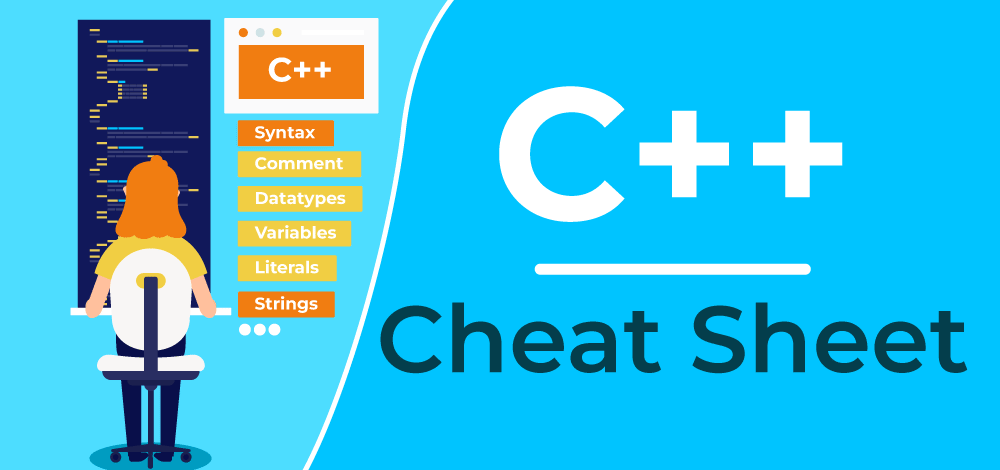Automatically Verify Estimates in Analysis with this Powerful Code (GitHub)
Are you tired of manually verifying estimates in your analysis? Do you wish there was a way to automate the process and ensure accuracy? This article introduces a powerful code tool available on GitHub that can automatically prove or verify estimates, saving you time and reducing the risk of errors.

What is This Code and Why Should You Use It?
This code provides an automated way to verify mathematical inequalities, specifically bounds involving positive quantities. Instead of tedious manual calculations, you can use this tool to:
- Save Time: Automate a process that is normally time-consuming.
- Reduce Errors: Eliminate the potential for human error in complex calculations.
- Increase Confidence: Gain greater confidence in the accuracy of your results.
Proving Bounds with Brute Force: A Simple Example
The code uses a brute-force case-splitting method to prove bounds. Let's see an example of proving that min(a, b) can be bounded by max(a, b) for all positive a and b:
The code will then systematically check different cases (e.g., a <~ b, b <~ a) and attempt to prove the bound. The output clearly shows the cases being tested and the hypotheses used to prove the bound.
Proving the AM-GM Inequality: A More Complex Example
Here's how to verify the weak form of the AM-GM inequality:
The code splits the problem into cases like b <~ a, c <~ a and attempts to prove the inequality in each scenario with the given assumptions. The output confirms that the bound holds true across all cases.

Adding Initial Hypotheses for Targeted Verification
You can also add initial hypotheses to your analysis. For example, to show that if a <= b, b <= c, and c <= d, then a * c <= b * d:
The code explicitly adds those conditions, then tries to verify a * c <= b * d based on those provided assumptions.
Recognizing Limitations: When Hypotheses Aren't Enough
It's crucial to understand that the code relies on the provided hypotheses. If the hypotheses are insufficient to establish the claim, the verification will fail. For instance:
In this case, the code will indicate that it is unable to verify the bound because these assumptions alone are insufficient to prove a * d <= b * c.
Incorporating Littlewood-Paley Conditions
The code can also handle more advanced scenarios, such as those involving Littlewood-Paley conditions. These conditions are relevant in areas like PDE analysis, where they describe relationships between frequencies. For example:
This allows you to verify estimates that depend on these specialized conditions.

Get Started with Automated Estimate Verification
This code offers a powerful way to automate the process of proving and verifying estimates in your analysis. By leveraging its brute-force case-splitting approach and the ability to incorporate assumptions and Littlewood-Paley conditions, you can save time, reduce errors, and increase confidence in your results. Head over to the GitHub Repository today and start using this invaluable tool!


